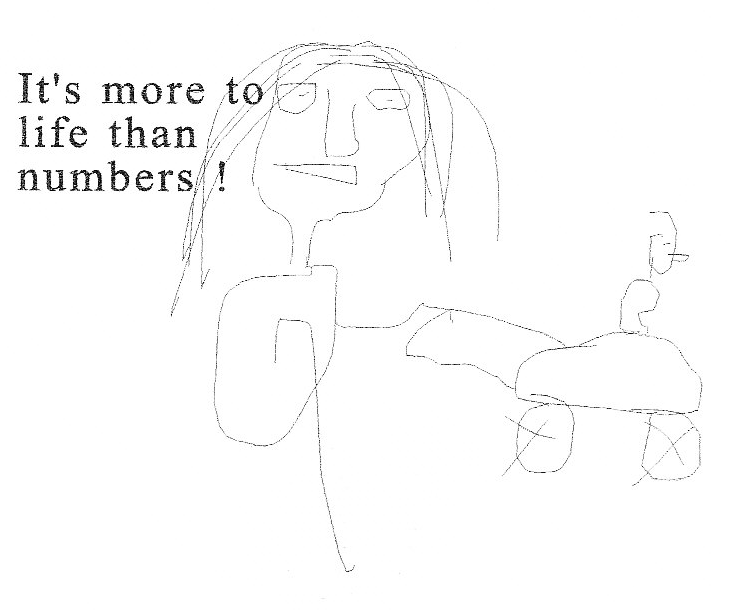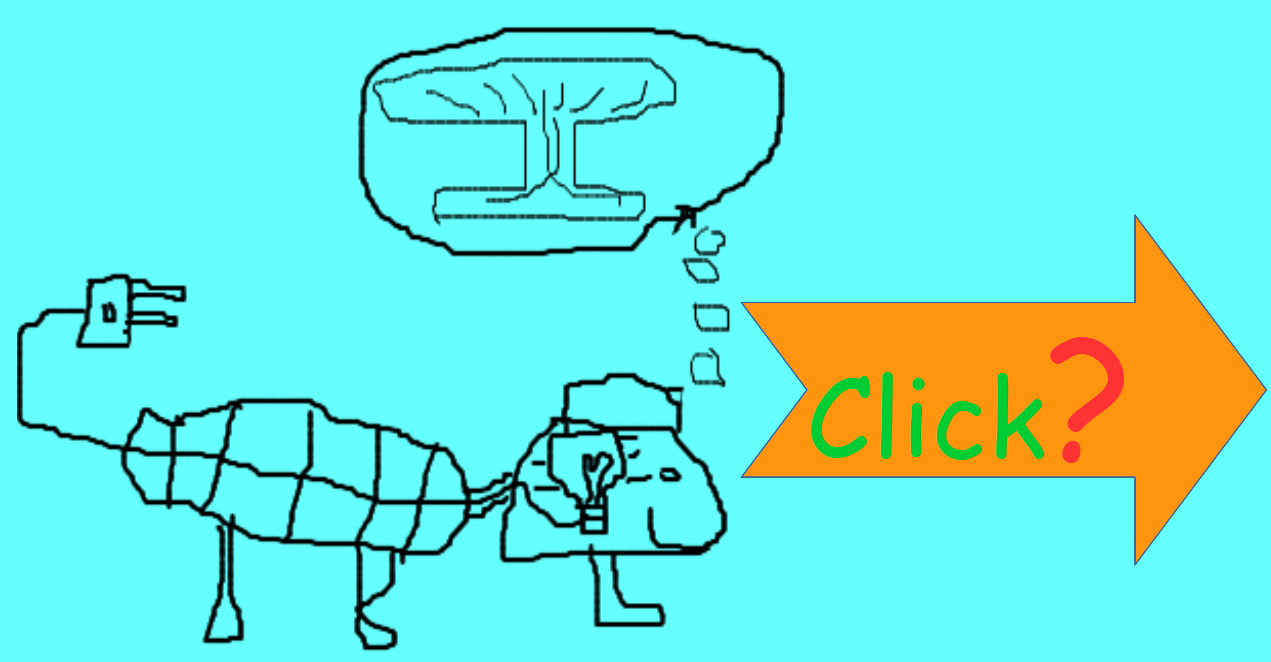page2030 Rings Matthias Lorentzen...mattegrisenforlag.com
Look at the picture beneath, then
scroll down to the question and click the correct Answer button.


Exercises: Ideals , Extensions & Vector Spaces
Exercise
Let us start with exercises that bridges the concepts of ideals , simple extension fields,
and introduces vector spaces. Exercise 1: OK , Exercise 2: OK , Exercise 3: OK
Exercise 4:The Extension `QQ(root(3)(2))`:
Let us consider the field extension `QQ(root(3)(2))` where `root(3)(2)` is the real cube of 2.
Part 1: The Basis:
Question 1: What is the set of all elements in `QQ(root(3)(2))`?
Solution question 1 (continues):
Now let us connect the elements of this quotient ring K to the elements of the field `QQ(root(3)(2))`.
The isomorphism between the two fields work by mapping the variable x to the element `root(3)(2)`.
So, a polynomial `ax^2 + bx + c` in the quotient ring K corresponds to the element
`a(root(3)(2))^2 + b(root(3)(2)) + c` in the field `QQ(root(3)(2))`.
Since `(root(3)(2))^2 = (2^{1/3})^2 = 2^{2/3} = root(3)(2^2) = root(3)(4)` , we can write this more clearly. The set of all elements in `bb{QQ(root(3)(2))}` is the set of all expressions of the form:
`color(blue){a + b root(3)(2) + c root(3)(2)}` where `a , b , c in QQ`.
Further we have that `alpha = root(3)(2)` behaves like an indeterminate like x , because `alpha` is not in `QQ`. We form the elements in `QQ(root (3)(2))` by combining `alpha` with coefficients
in `QQ`. This gives us something that looks like a polynomial ,
`a_n alpha^n + ... + a_1 alpha_1 + a_0`. However there is a crucial difference : `alpha` is not
just a formal symbol it satisfies the equation `alpha^3 - 2 = 0`. This is the rule that distinguises it from a generic indeterminate. Because of this rule any power of `alpha` higher than
2 can be simplified. For example: `alpha^3 = 2 , alpha^4 = 2 alpha`. The entire purpose of creating
the extension field `bb {K = QQ(root (3)(2))}` is to create a field that contains the
base field and also contains a root of the polynomial `bb {x^3 - 2}`. The beautiful
part of Galois Theory is that these two ideas are equivalent:
- The concrete field of numbers `bb {QQ(root(3)(2)) =
{ a + b root (3)(2) + c root(3)(4): a , b , c in QQ} `.
- The abstract construction of the quotient ring `bb {QQ[x]"/"langle x^3 - 2 rangle}`.
The isomorphism between them , which we have been using , is what proves that these two
ideas are mathematically identical. The isomorphism maps the formal indeterminate x in the
abstract quotient ring to the concrete element `root (3)(2)` in the field K of numbers. The irreducible
polynomial provides the crucial simplifying rule that makes the infinite set of possible polynomials
in `alpha` collapse into a finite-dimension vector space over `QQ`.
OK
Question
What is the most direct field-theoretic consequence of the fact that the polynomial `x^3 - 2` is
used to define the ideal `langle x^3 - 2 rangle` in the quotient ring `QQ[x]"/"langle x^3 - 2 rangle`.
A) The fact that `x^3 - 2` is irreducible over `QQ` ensures the ideal `langle x^3 - 2 rangle` is a
maximal ideal in `QQ[x]` , which is precisely what guarantees the quotient structure is a field.
B) The ideal `langle x^3 - 2 rangle` guarantees that the quotient ring `QQ[x]"/"langle x^3 - 2 rangle`
is a vector space of dimension 3 over `QQ` , but the field property , multiplicative inverses for all
non-zero elements , comes from other axioms
?
